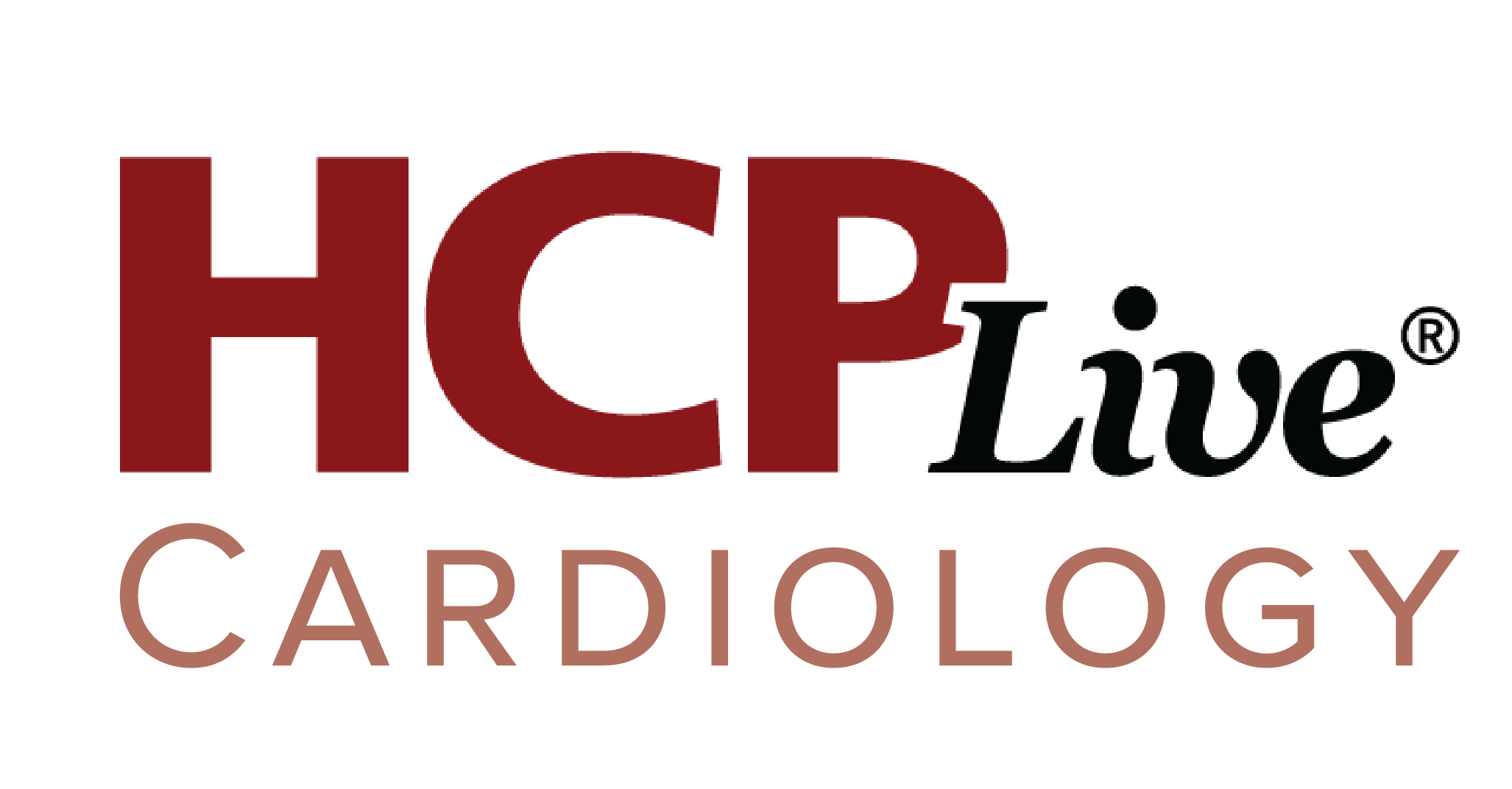Cardiology

The HCPLive Cardiology condition center page is a comprehensive resource for clinical news and insights on cardiovascular and cardiometabolic diseases. This page consists of interviews, articles, podcasts, and videos on the research, treatment and development of therapies for heart disease and cardiovascular events, as well as associated diabetes, renal failure, and more...
Latest News
April 16th 2024
An ACC.24 analysis found a decline in TTM use post-2013 TTM trial, which investigators suggest indicates a potential misinterpretation of trial findings.
Medical Crossfire®: Updates in Continuous Glucose Monitoring—Having the Important Conversations With Your Patients
View More
Evaluating the Recent Advancements in Chronic Kidney Disease Treatment: A Case-Based Approach to Managing CKD and Related Comorbidities
View More
Elevating Care for PAH: Applying Recommended Management Approaches to Maximize Outcomes
View More
7th Annual New York Cardio-Endo-Renal Collaborative (NY CERC)
View More
‘REEL’ Time Patient Counseling™: Navigating the Complex Journey of Diagnosing and Managing Fabry Disease
View More
Expert Illustrations & Commentaries™: Envisioning Novel Therapeutic Approaches to Managing ANCA-associated Vasculitis
View More
More News
What to Know about the Aprocitentan Approval for Resistant Hypertension, with Michael Weber, MD
March 25th 2024Michael Weber, MD, lead of the PRECISION trial, discusses the significance of the aprocitentan (Tryvio) approval and key points for providers who may have patients with uncontrolled hypertension.
Clinical Decision Support System May Aid Hypertension Management, Improve Clinical Outcomes in CKD
March 15th 2024Patients whose primary care practitioners were randomized to a clinical decision support system intervention achieved a statistically significant reduction in SBP versus usual care but had similar rates of BP control.
HFSA Calls Attention to Prevalence, Impact of Cognitive Impairment Among Heart Failure Patients
March 12th 2024Eiran Gorodeski, MD, MPH, discusses a recent scientific statement composed on behalf of the Heart Failure Society of America highlighting the impact of cognitive impairment on patients with heart failure.
Semaglutide 1.0 mg (Ozempic) Reduced Kidney Events 24% in FLOW Trial
March 5th 2024Novo Nordisk announced topline data from the FLOW trial indicate semaglutide 1.0 mg (Ozempic) was associated with a 24% reduction in risk of kidney disease-related events among individuals with type 2 diabetes and CKD compared to placebo therapy.
Cardiology Month in Review: February 2024
March 4th 2024Our February 2024 cardiology month in review, recaps FDA news, top data from International Stroke Conference and major journals, and perspectives form a bevy of key opinion leaders in the field on hot topics and news from across the spectrum of cardiovascular medicine.
Experts' Perspective: How a Historic Lack of Diversity Manifests in Real-World Care
March 1st 2024In part 1 of our 3-part series on the impact of clinical trials lacking diversity, we are spotlighting responses to our first question, which sought to encapsulate the perspectives of our group of experts on how a historic lack of diversity in clinical trials has manifested itself in today’s care of patients from diverse backgrounds.
Experts' Perspectives: How Lacking Clinical Trial Diversity Impacts Public Health
March 1st 2024This article serves as a landing page for our 3-part series spotlighting how a lack of diversity in clinical trials has had a deleterious downstream effect on real-world care for people of color in the US, with perspective from experts across more than half a dozen specialties.